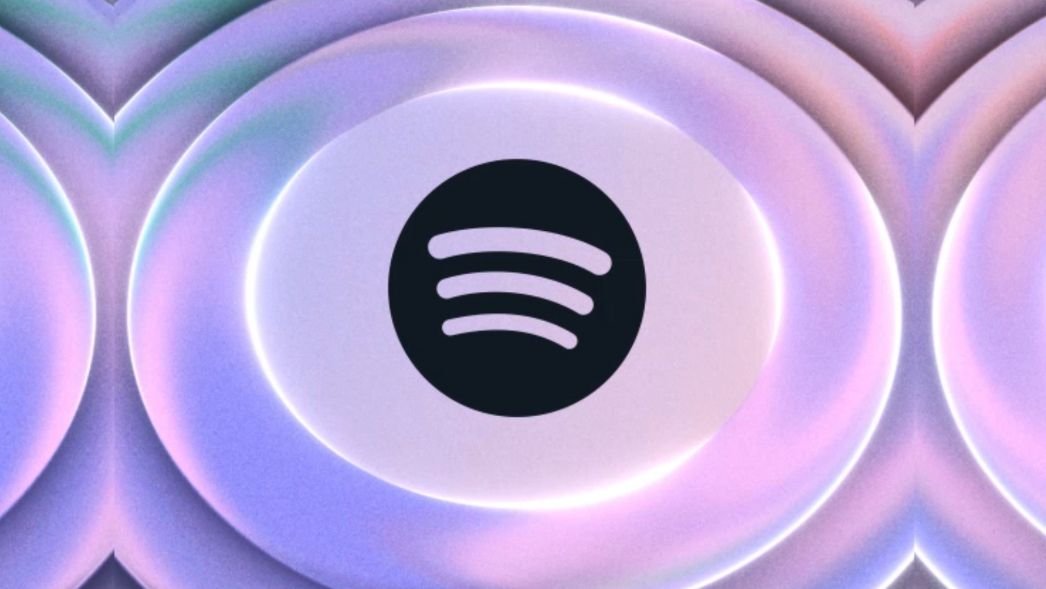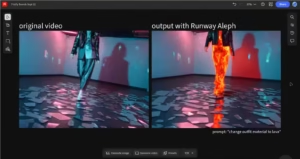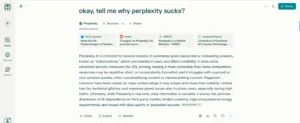After nearly a decade of promises, Spotify has finally delivered its long-awaited Lossless audio feature, marking a significant leap in audio quality for millions of Premium subscribers.
What Changed for You as a Premium User
Spotify just made a big upgrade: you can now listen to music in “Lossless” quality.
That’s a fancy word, but what it really means is:
The songs you stream will now sound exactly like the original recording in the studio, with no quality lost along the way.
Before, Spotify compressed music files (to save space and data). Now, you can choose to hear the full version, clearer vocals, richer instruments, deeper bass.
How You Get It

- You don’t need to pay extra. It’s already included in your Premium plan.
- Soon (if not already), Spotify will show you a notification that “Lossless” is available.
- To turn it on:
- Open Settings in the Spotify app.
- Go to Media Quality.
- Switch your streaming/download option to Lossless.
- Open Settings in the Spotify app.
Things to Know

- Wi-Fi is best: Lossless uses more data. If you’re on mobile data with a limited plan, stick to Wi-Fi or downloads.
- Bluetooth limits it: If you use Bluetooth earbuds, you may not notice much difference because Bluetooth can’t carry the full quality. Wired headphones or good speakers will show the upgrade best.
- No new app or tier: This isn’t “Spotify HiFi” (the name they teased before). It’s just part of Premium.
Compared to Other Services
- Apple Music and Tidal already had this kind of quality.
- Spotify’s version isn’t the absolute highest on the market, but it’s a huge leap compared to what you had before.
- The best part? You don’t have to pay extra.
So,
If you’re a Premium user, you’ve just been handed studio-quality sound at no extra cost.
- On cheap earbuds, the change might be small.
- On good headphones or speakers, you’ll notice your favorite songs feel fuller, clearer, and more alive.
It’s Spotify finally catching up – and making Premium feel more premium.
What’s New?
Spotify has quietly rolled out lossless audio streaming, up to 24-bit / 44.1 kHz FLAC, to all Premium users in over 50 markets, including the US, UK, Germany, Japan, and Australia. There’s no new “HiFi” tier or extra charge: it’s built into existing Premium plans.
Users will get an in-app notification when Lossless becomes available to their account. From there, you can enable it via Settings > Media Quality, allowing separate preferences for Wi-Fi, cellular, and downloads.
Supported hardware includes devices from Sony, Bose, Samsung, and Sennheiser, with Sonos and Amazon speakers expected to follow soon.
Why It Matters
Here’s a breakdown of how Lossless stacks up:
| Feature | Spotify Lossless (24-bit/44.1 kHz) | Competitors (Apple, Tidal, Qobuz) |
| Availability | Included with Premium | Part of standard tiers or add-ons |
| Audio Format | FLAC (lossless) | Up to 24-bit/192 kHz (higher res) |
| Device Support | Spotify Connect & select hardware | Varies, but typically broader |
| Data Usage | High (Wi-Fi recommended) | Similarly high for high-res tiers |
| Bluetooth Support | Not supported, bandwidth limited | Same across platforms |
Spotify’s implementation, while not topping out high-res offerings, notably raises the bar from previous compressed formats and brings CD-quality audio to a massive user base.
Notably, YouTube remains one of the only major music platforms without a lossless option.
Setting It Up
- Wait for notification: You’ll be alerted in-app when Lossless is available.
- Enable in settings: Navigate to Settings > Media Quality and select “Lossless” for streaming or downloads.
- Use supported devices: Stream over Wi-Fi using Spotify Connect-compatible hardware (Bluetooth won’t support true lossless).
- Look for the indicator: A “Lossless” icon appears in the Now Playing view and in the Connect Picker when playing high-quality tracks.
What Not Everyone Will Hear
While audiophiles will appreciate the improved quality, for most listeners, and especially on earbuds or Bluetooth devices, the difference may be subtle. Some music pros suggest that once CD quality is reached, further gains become difficult to discern on typical playback systems.
The Industry Context
Spotify’s addition comes after long internal teasing dating back to 2017, with repeated delays from 2021 onwards.
Unlike other services that made high-quality audio standard or tiered it, Spotify charges no extra for lossless, matching moves by Apple Music and Amazon Music.
A new “Music Pro” tier, rumored earlier this year, could introduce paid extras in the future.
High-res streaming (e.g., Tidal offering up to 24-bit/192 kHz) still exceeds what Spotify offers.
In Short
Spotify Lossless is a major and overdue upgrade for everyday users and audiophiles alike, bringing CD-level audio to a widely accessible platform at no extra cost. Its success hinges on listener gear and music preferences, but with proper hardware and settings, the sonic difference can be unmistakable.
















